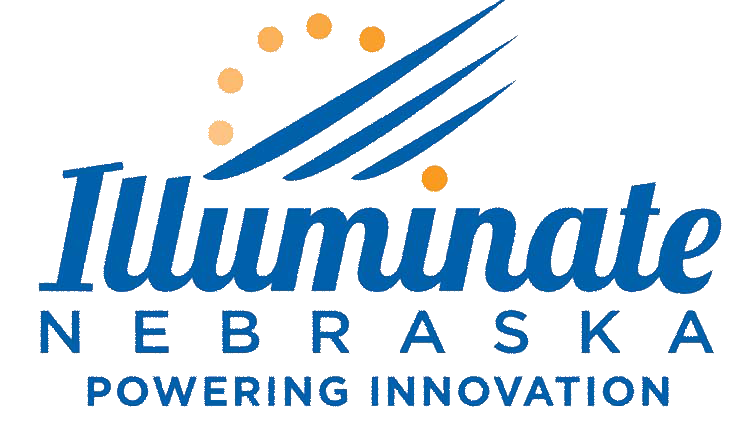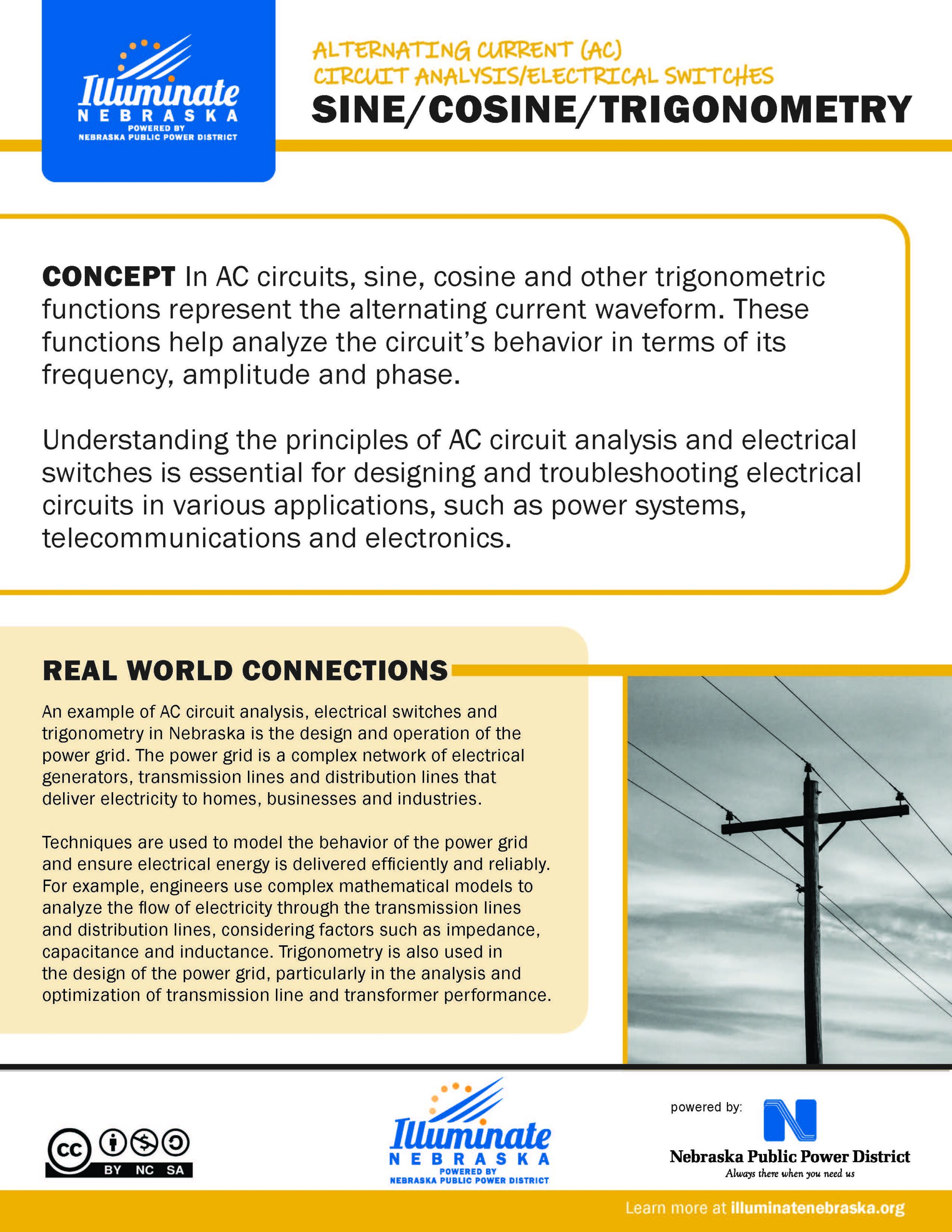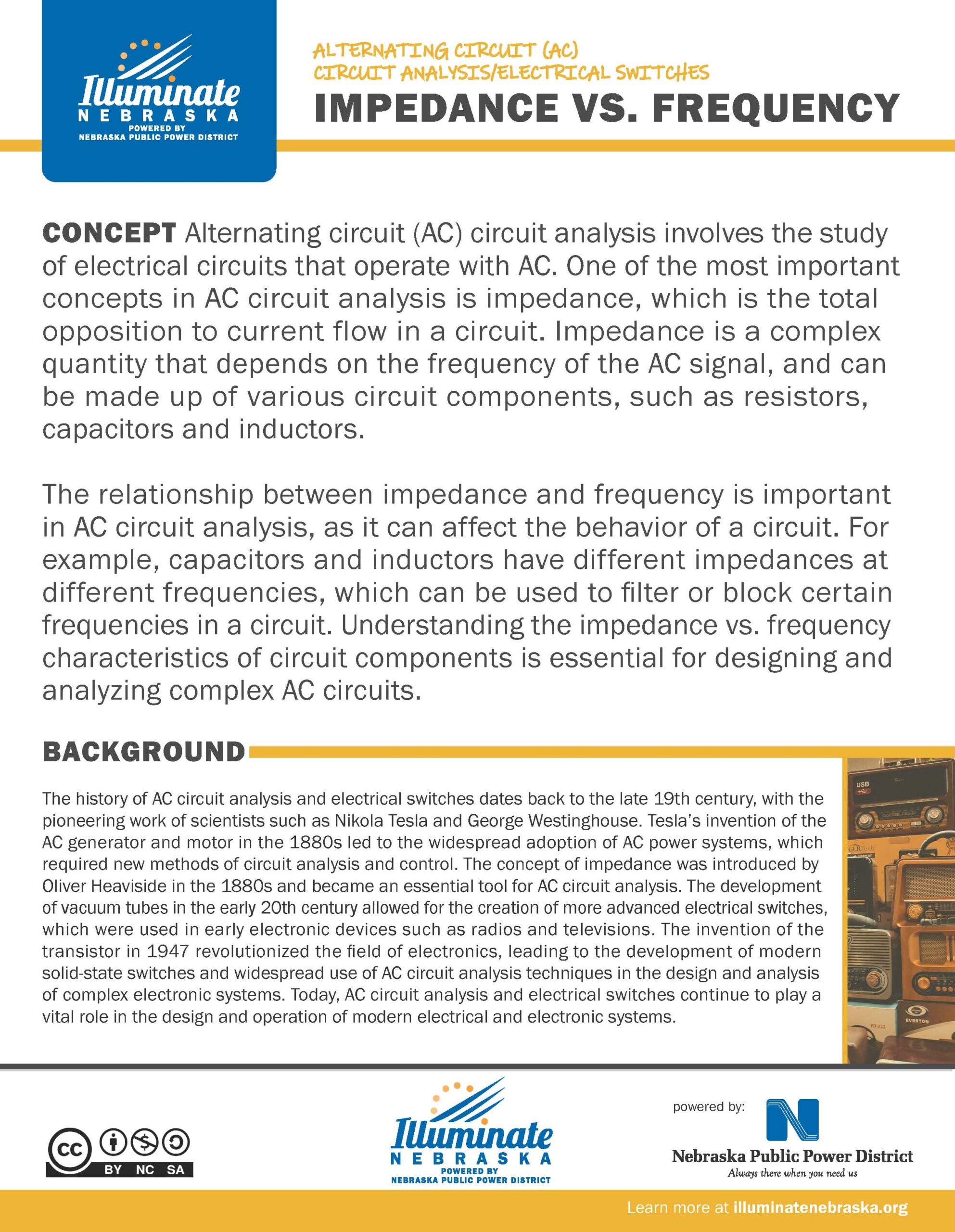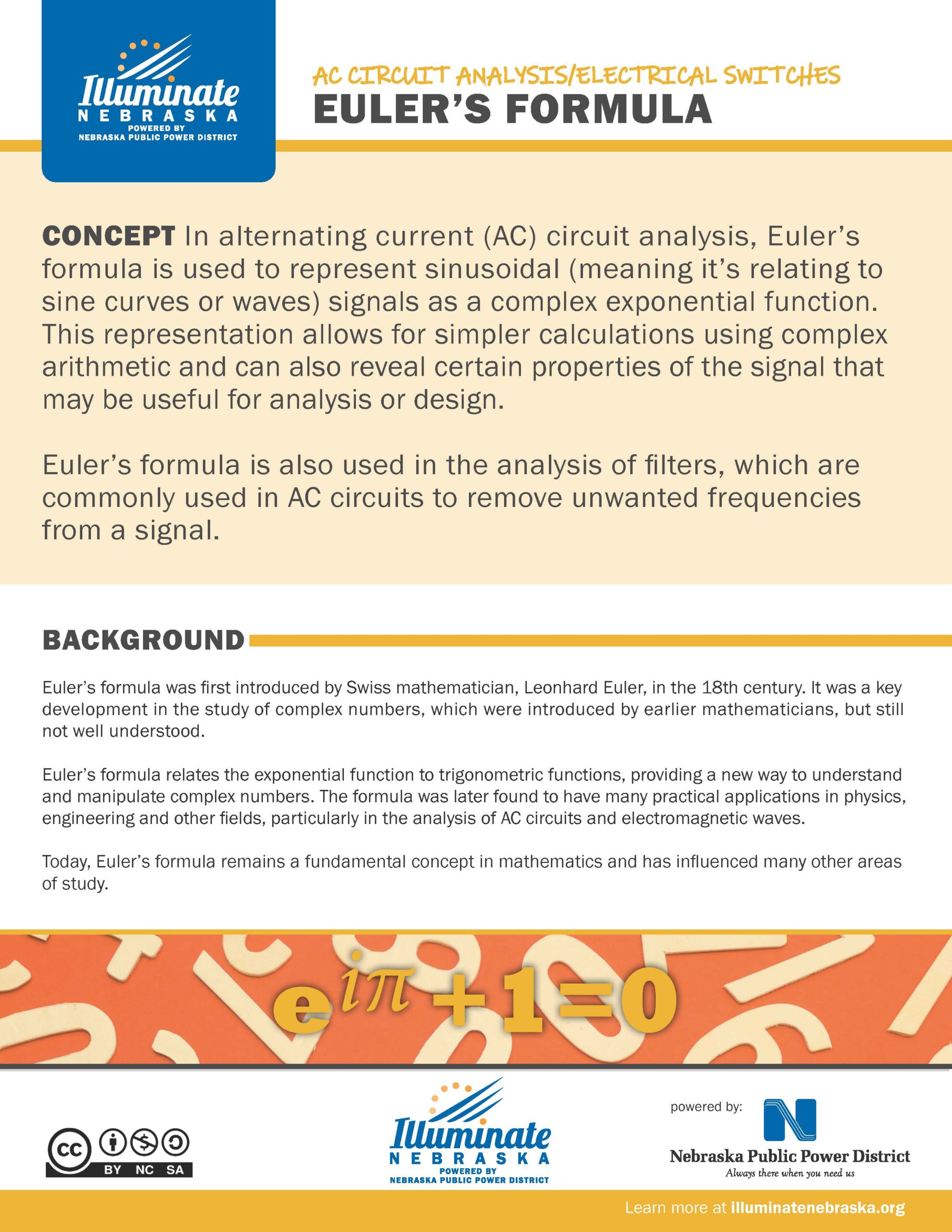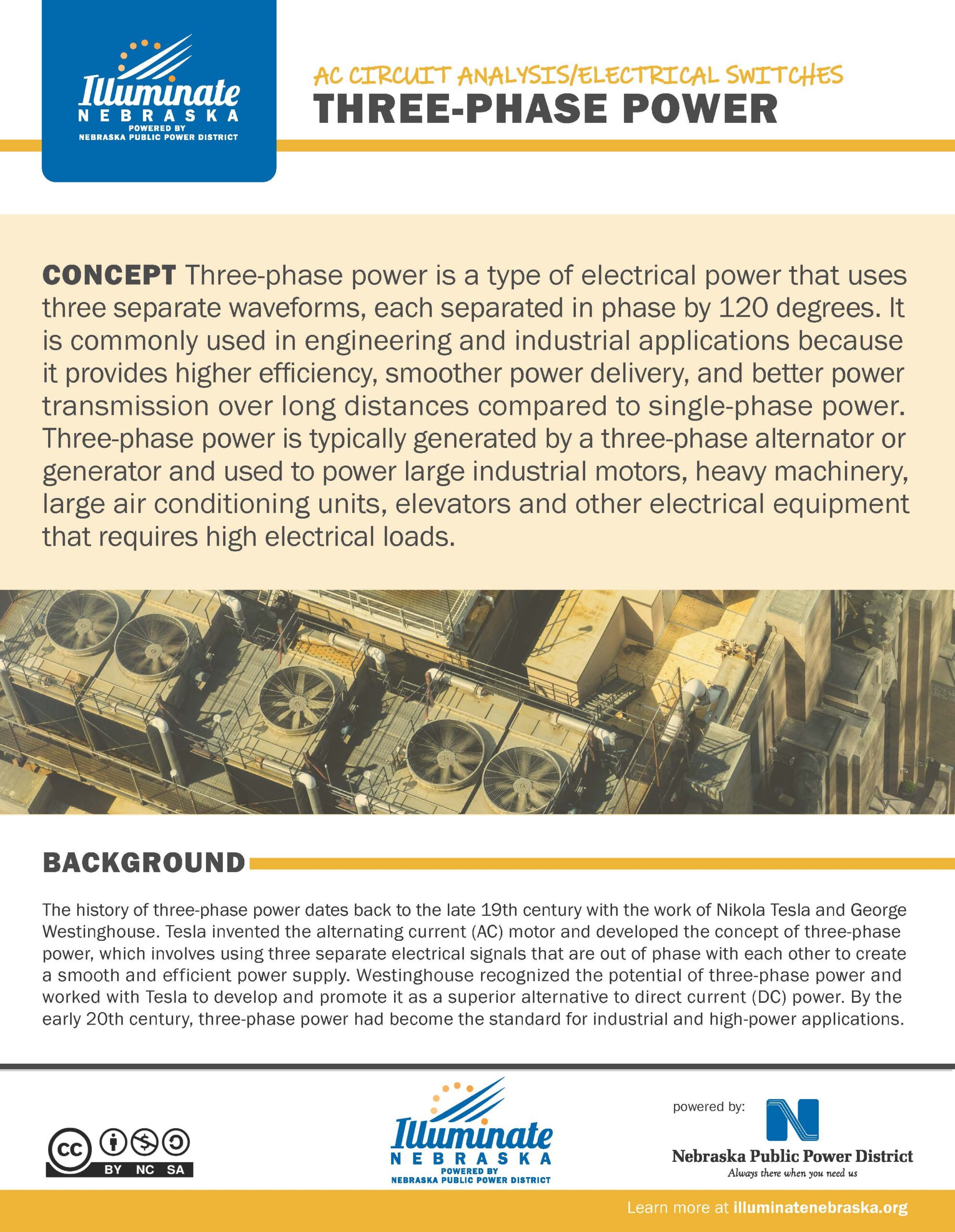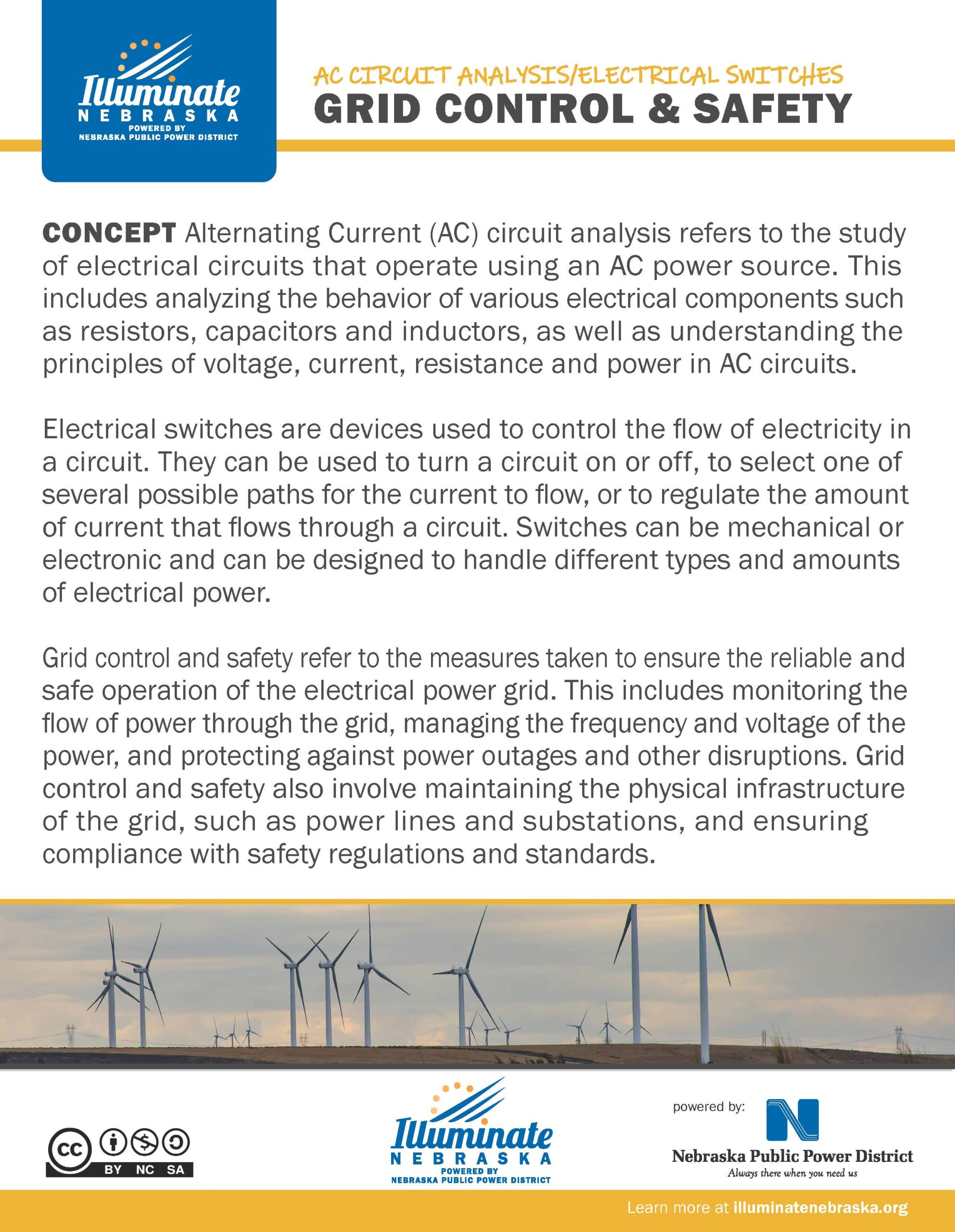AC Circuit Analysis | Electrical Switches
Engineering
Sine | Cosine | Trigonometry
In AC circuits, sine, cosine and other trigonometric functions represent the alternating current waveform. These functions help analyze the circuit’s behavior in terms of its frequency, amplitude and phase. Understanding the principles of AC circuit analysis and electrical switches is essential for designing and troubleshooting electrical circuits in various applications, such as power systems,
telecommunications and electronics.
Impedance vs. Frequency
Alternating circuit (AC) circuit analysis involves the study of electrical circuits that operate with AC. One of the most important concepts in AC circuit analysis is impedance, which is the total opposition to current flow in a circuit. Impedance is a complex quantity that depends on the frequency of the AC signal, and can be made up of various circuit components, such as resistors, capacitors and inductors.
Euler’s Formula
In alternating current (AC) circuit analysis, Euler’s formula is used to represent sinusoidal (meaning it’s relating to sine curves or waves) signals as a complex exponential function. This representation allows for simpler calculations using complex arithmetic and can also reveal certain properties of the signal that may be useful for analysis or design.
3-Phase Power
Three-phase power is a type of electrical power that uses three separate waveforms, each separated in phase by 120 degrees. It is commonly used in engineering and industrial applications because it provides higher efficiency, smoother power delivery, and better power transmission over long distances compared to single-phase power.
Grid Control & Safety
Alternating Current (AC) circuit analysis refers to the study of electrical circuits that operate using an AC power source. This includes analyzing the behavior of various electrical components such as resistors, capacitors and inductors, as well as understanding the principles of voltage, current, resistance and power in AC circuits.
